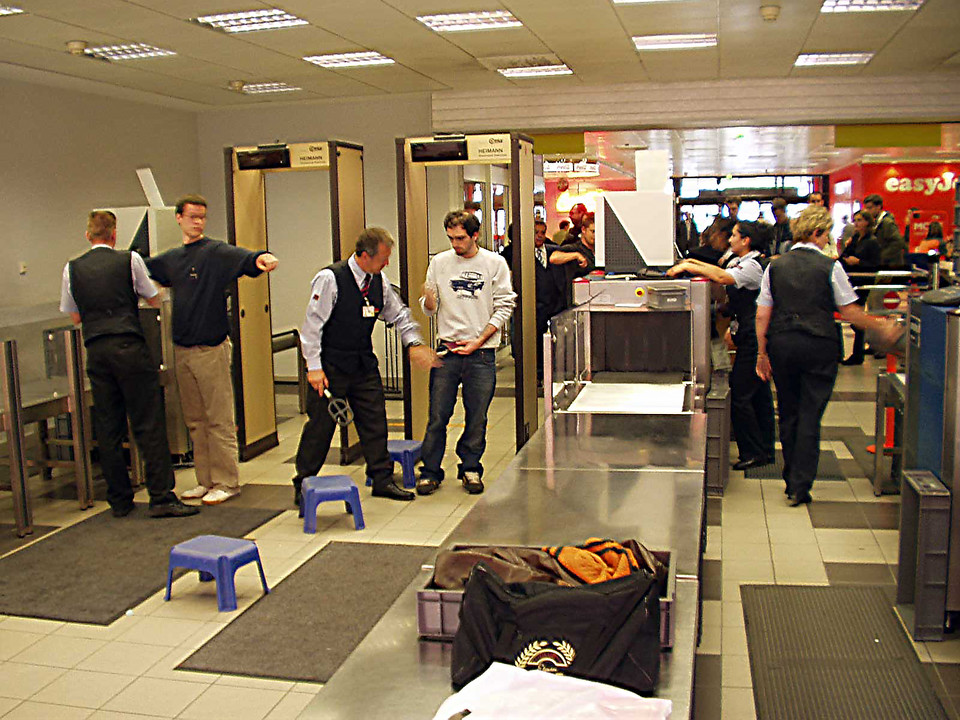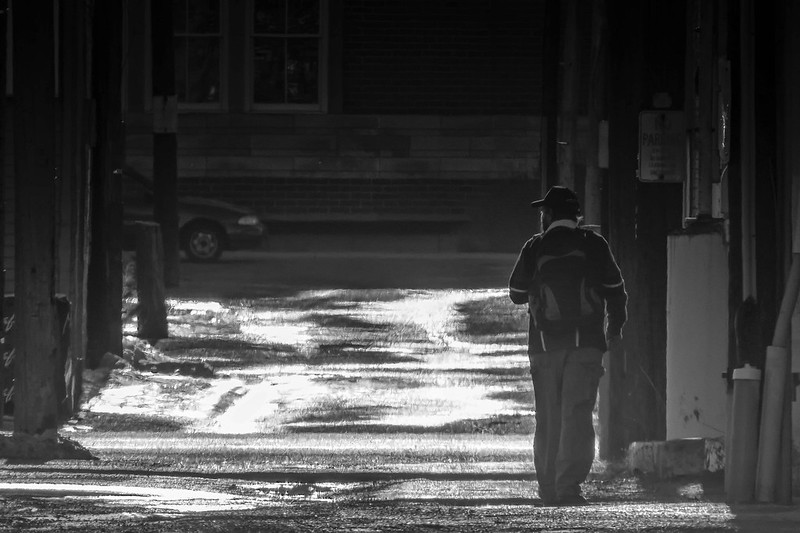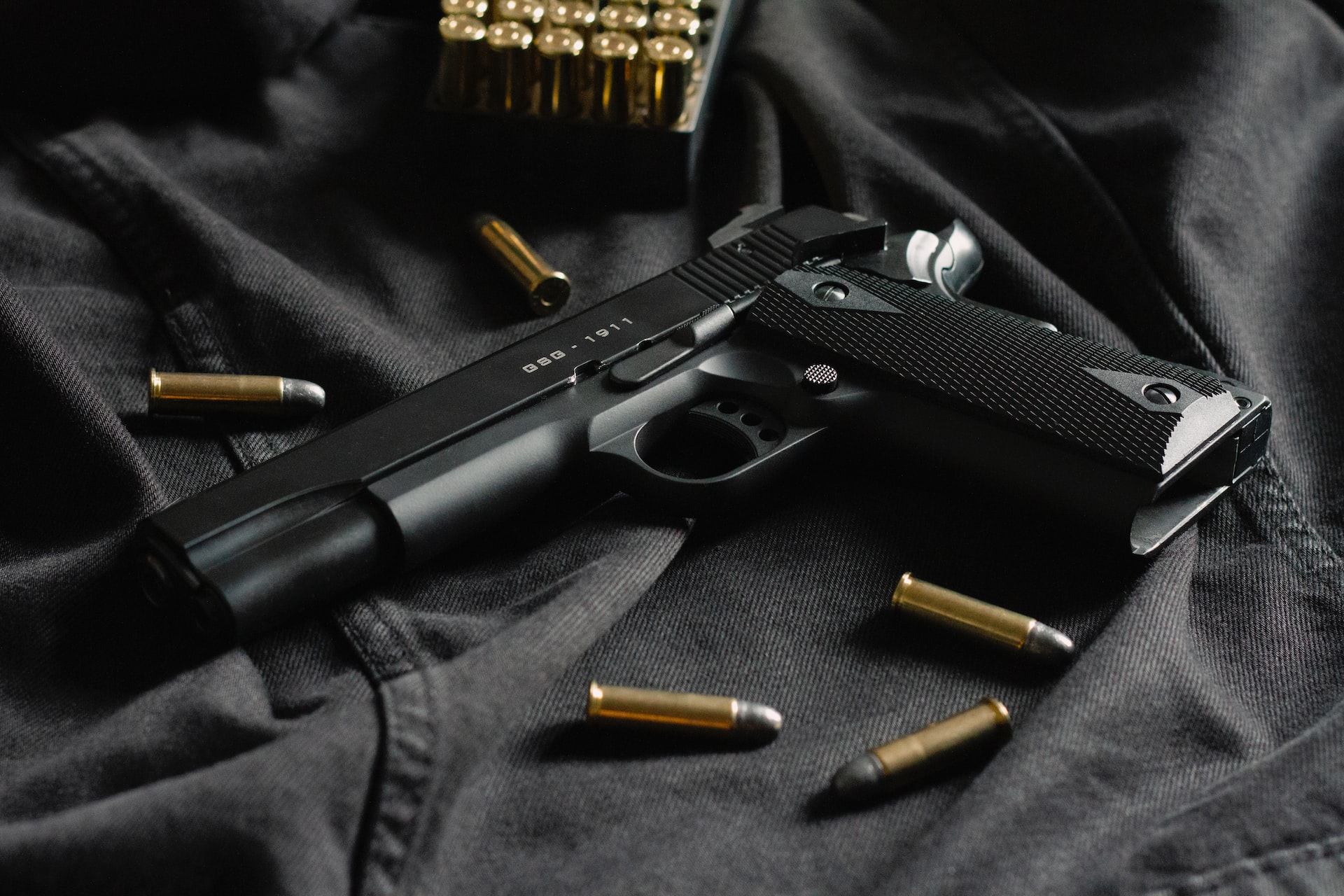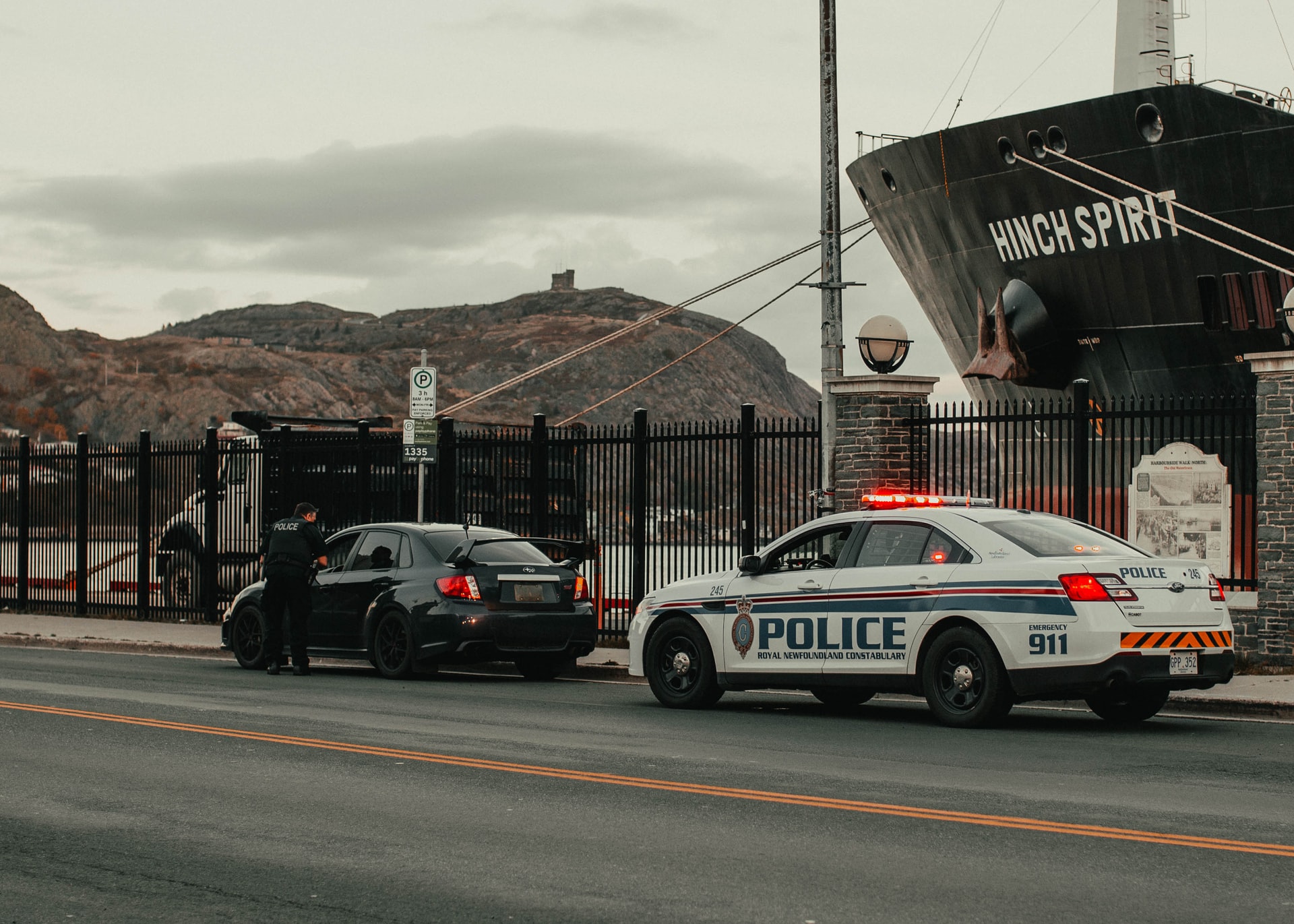This week our top three summaries cover: Anecdotal Expert Evidence, the Guilty Plea offer exception to Settlement Privilege, the effect of social media and other images on photo lineups.
R. v. Burnett (ONCA) [Oct 1/18]
Importation Drug Experts – Anecdotal Evidence – 2018 ONCA 790 [H.S. LaForme J.A., David Watt J.A., and I.V.B. Nordheimer J.A.]
AUTHOR’S NOTE: The evidence of police drug experts often lives in an uncomfortable legal realm of being being completely based on anecdotal experience, coming from an in-built biased sample [mostly charged accused], and, of course, coming from officers that work with the investigators. In this way, it is unlike any other expert evidence typically accepted by the courts. All other expert evidence provided by officers is at least scientifically based and subject to peer review (think: fingerprinting, ballistics, blood spatter, etc.). Drug experts offer “expert evidence” of what drug importers or dealers “typically” do. One could argue that all of their evidence is anecdotal in the sense that they are never subjected to controlled experiments. The Ontario Court of Appeal, herein sets out where the courts currently draw the line between anecdotal evidence and drug expert evidence.
Pertinent Facts
- “Alise Burnett was going on vacation.She planned to travel alone to her usual destination — Jamaica. But then a man whom she was dating, Jason Moscow, persuaded her to change her destination. He suggested Panama.” (Para 1)
- “Jason Moscow said that his cousin, known to Burnett only as “Richard”, was going to Panama too. He was not going alone. Three others — Teneka Morris, Zoe Layne, and Keisha Sunley-Paisley — were going with him. So Alise Burnett changed her plans. She joined the other three young women and Richard for their trip to Panama.” (Para 2)
- “In Panama, Alise Burnett toured around, danced, partied and tanned. When the vacation was over, Ms. Burnett and the other three women returned to Canada together. Richard did not return with them.” (Para 3)
- “At Toronto Pearson International Airport (“Pearson”), officers from the Canada Border Services Agency (“CBSA”) referred Ms. Burnett and her travelling companions to secondary inspection. Each traveler had two suitcases. In each suitcase officers found secret compartments with 1.5 kilograms of cocaine. All four travellers were charged with importing cocaine.” (Para 4)
- “At trial, the Crown called Corporal Gregory Connolly, a member of the RCMP, to give expert opinion evidence about some facets of the drug trade, including methods of distribution, valuation and pricing of the drug, methods of use, methods of packaging, methods of importation, and hierarchies within the scheme for importation and trafficking.” (Para 34)
- Connolly testified as follows: “Obviously, there has to be a, a certain amount of sophistication whereby you have eight similar type suitcase already preformatted for packaging or determined by the size of the packaging or, say, of the, of the suitcases, the means of which the dimensions to secrete and conceal behind the false wall of the, of the suitcase. So that’s already been pre-planned and normally done by the, the middlemen back in the trans-shipment country. So the courier, because it comes down to the, with the courier, the courier knows that they’re involved with a — in, in my experience, has knowledge that they’re involved with a, an illegal activity.
- They may not actually physically see the product that’s, that’s in the suitcase, but they’ve allotted someone to provide care and control of their suitcase for a period of time, or access to a location in order, or they received a, say, suitcase down, and they’ve done a substitution on what they originally travelled with.” (Para 36)
- “In his final instructions to the jury, the trial judge did not include the traditional instruction on expert evidence. He did point out to the jury that the simple fact that a witness was a police officer did not mean that his evidence was any more worthy of belief than the testimony of any other witness. Evidence from police officers, the judge told the jury, was to be assessed in the same manner and according to the same tests as the testimony of any other witness.” (Para 42)
Expert Opinions and Anecdotal Evidence
In R. v. Sekhon, 2014 SCC 15, [2014] 1 S.C.R. 272 (S.C.C.) the following exchange with the drug expert was found to constitute anecdotal evidence:
Q: Officer, you described earlier that you’ve been involved in approximately 1,000 investigations involving the importation of cocaine over your 33-year career?
A: That is correct, Your Honour, yes.Q: In approximately how many of those investigations were you able to determine that the person importing the cocaine did not know about the commodity that they were importing?
A: I have never encountered it, personally.” (Para 56)
- “The Sekhon court found that the anecdotal evidence failed to satisfy either the relevance or necessity requirements of Mohan. The testimony, though perhaps logically relevant, was not legally relevant. This was so because the guilt or innocence of others whom the witness had encountered in the past was legally irrelevant to the guilt or innocence of Sekhon because it was of no probative value on the issue of Sekhon’s knowledge of the cocaine in the secret compartment. And the testimony was not necessary because a decision on the knowledge issue was not beyond the experience and knowledge of the trial judge and not something that was technical or scientific in nature: Sekhon, at para. 49.” (Para 58)
- “Failure to meet the relevance and necessity requirements of Mohan was sufficient to render the anecdotal evidence in Sekhon inadmissible. However, the court pointed out that this type of anecdotal evidence also had a prejudicial effect on the proceedings. This was so because it appeared to require an accused to somehow prove that, regardless of the expert’s prior experience, the accused’s situation was different. Such a result was at odds with the fundamental tenet of our justice system that it is for the Crown to prove the fault element of a crime beyond a reasonable doubt: Sekhon, at para. 50.” (Para 59)
- “In R. v. Singh, 2014 ONCA 791, 122 O.R. (3d) 481 (Ont. C.A.), the court distinguished between general opinions about the participation of drug couriers in the movement of contraband, including the unlikelihood of inexperienced and unknowledgeable couriers being involved in the importation of significant quantities of drugs and case-specific opinions bearing directly on the appellant’s credibility and his alleged knowledge of the cocaine in the vehicle: Singh, at paras.21-22. The former opinions were admissible, the latter not: Singh, at paras. 35-37.” (Para 63)
Author’s Note: it is hard to see the practical difference between these two matters in Singh where there is a large amount of contraband in the case being tried. Seems like the only difference is the expert doesn’t say the magic words but allows the jury/judge to make the natural jump in their mind as to why this opinion is being offered at all.
- “In R. v. Bains, 2015 ONCA 677, 127 O.R. (3d) 545 (Ont. C.A.), leave to appeal refused, (2016), [2015] S.C.C.A.No. 478 (S.C.C.), this court held that where an accused is said to be in possession of a controlled substance of significant value, a trier of fact may infer:
- knowledge of the nature of the subject-matter; and
- knowledge of the substance itself.
These inferences may be available from the objective improbability that such a valuable quantity of drugs would be entrusted to anyone who did not know the nature of the contents in the means of transport: Bains, at para. 157.” (Para 64)
- “Despite the differences in the manner in which the experts testified in Sekhon and in this case, I am satisfied that Sekhon controls the determination of the admissibility issue in this case. What Sekhon enjoins is evidence that invites a trier of fact to reason from a generalized conclusion based on prior experience to a specific state of mind of the person charged. The guilt or knowledge of one (the person charged) cannot be determined by reference to the guilt or knowledge of unrelated others. And that prohibition applies here.” (Para 75)
- Appeal allowed, new trial ordered.
R. v. Shyback (ONCA) [Oct 11/18]
Settlement Privilege – Exception for Rejected Offer of Guilty Plea – 2018 ABCA 331 [Jack Watson J.A., Frans Slatter J.A., and Brian O’Ferrall J.A.]
AUTHOR’S NOTE: Settlement privilege prevents open court or other discussions of the negotiations related to guilty pleas and the facts to support them. In this matter, the ABCA confirms an exception to this privilege for the sole purpose of an accused putting on the record, during their sentencing, that they had offered to plead guilty to the offence they are found guilty of and the offer was rejected by the Crown. Mitigation against sentence flows if the same offence that was offered by the accused is the one they were found guilty of. Privilege still applies to all other aspects of those pre-trial discussions.
Pertinent Facts
- “The respondent was acquitted of murder of his domestic partner, but convicted of manslaughter: R. v. Shyback, 2017 ABQB 332 (Alta. Q.B.). He was also convicted of improperly interfering with her human remains.” (Para 1)
- “At about the time of the preliminary inquiry, the respondent offered to plead guilty to manslaughter.” (Para 25)
Settlement Privilege and a Prior Offer (Off-Record) to Plead Guilty
- “With respect to the first argument, the law is clear that it is not mitigating for an accused to offer to plead guilty to a lesser included offence if the accused is ultimately convicted of the offence as charged. So, for example, an offer by an accused charged with second degree murder to plead guilty to manslaughter is not mitigating if the accused is subsequently convicted of second degree murder: R. v. Ryan, 2015 ABCA 286 (Alta. C.A.) at paras. 28-33, (2015), 607A.R. 47 (Alta. C.A.). The circumstances here, however, are the opposite. The respondent offered to plead guilty to the lesser offence, and was only convicted of the lesser offence. It was the Crown who insisted on proceeding with a charge that it failed to establish. It is open to a sentencing judge to consider such an offer as demonstrating remorse, and being mitigating: R. v. Osei-Agyemang, 2011 ABCA 2 (Alta. C.A.) at paras. 5, 22, (2011), 493 A.R. 363 (Alta. C.A.); R. v. Tschetter, 2009 ABPC 291 (Alta. Prov. Ct.) at para. 19, (2009), 266 A.R. 239 (Alta. Prov. Ct.).” (Para 26)
- “It is appropriate to recognize a limited and narrow exception to the settlement privilege in cases of this type. In disclosing the offer to plead guilty, the accused does not reveal any details of the Crown’s negotiating position, except that it refused the offer. The recognized exception to the privilege is limited, and is only to allow reference to the fact of the offer to plead guilty. The exception does not extend to disclosing the substance of any other discussions, including the negotiating position of either the Crown or the defence, or any disclosure of discussions about why the offer was made or rejected. The exception arises during the sentencing hearing, after a conviction has been entered. It would, for example, be improper to disclose during sentencing discussions that the Crown conceded that it might have difficulty in establishing the admissibility of certain evidence, or of proving one of the essential components of the offence. It would be equally inappropriate to attempt to hold the Crown to a particular type of sentence that was offered: Roberts.” (Para 3)
- “Once the respondent’s offer to plead guilty was rejected by the Crown, he did not have to roll over at the trial on the murder charge in order to preserve the mitigating effect of the offer. … The assertion of self defence did not totally deprive the offer to plead guilty of its mitigating effects.” (Para 34)
- “In conclusion, it was not a reviewable error for the trial judge to treat this offer to plead guilty as mitigating, although it was perhaps an exaggeration to say that it was the equivalent of a guilty plea….” (Para 35)
R. v. Mitchell (ONSC) [Nov 13/18]
Eye-witness: prior exposure to social media and other images – 2018 ONSC 6752 [LeMay J.]
AUTHOR’S NOTE: Eye-witness identification has long been recognized to be an area where courts need to be particularly cautious. In this case, Justice LeMay analyzed a number of new problems that may occur in relation to this class of evidence due to the age of social media. Specifically, the victim of the assault in this case was presented with images of a potential assailant prior to participating in largely properly conducted photo line-ups by the police. The police had no way to control the prior research conducted by the witness.
Pertinent Facts
- The accused was charged with aggravated assaulted (Para 2)
- “Early in the morning on December 10 th , 2016, there was an altercation in the Firkin and Firgate pub (“the Firkin”)in Brampton. The altercation started when a group of men approached Mr. John and attacked him. They were beating him up, hitting him with fists and hitting him with beer bottles.” (Para 8)
- “The security staff at the Firkin intervened and pulled the attackers off of Mr. John. Mr. John was then behind Mr.Lucas, the head of security for the Firkin, when they were approached by another person who either threw a beer bottle at Mr. John’s face or slashed him with it. Mr. Lucas was between Mr. John and the attacker when the attack happened.” (Para 9)
- “Mr. Marks [security] was interviewed by the police and provided them with a statement. He described the attacker as being regular, with short hair and wearing grills (metal things over your teeth). Mr. Marks was not asked to participate in a photo line-up by the police.” (Para 17)
- “At trial, Mr. Marks identified the accused as the person who threw the beer bottle at the victim. Mr. Marks made that identification on the basis that the accused was a “regular” at the pub, and that Mr. Marks had seen him on most Fridays or Saturdays for a number of months prior to the assault. Mr. Marks has not seen the accused (except at hearings) since the assault in December of 2016.” (Para 18)
- The victim’s account: “The patron who had originally said “tonight is your night” then came back and stood in front of Mr. John. This patron started to wave his hands up and down in front of Mr. John’s face, and Mr. John thought that his assailant was looking to start an argument. At this point, approximately 10-12 people swarmed Mr. John, who put his hands up over his head in a protective way.” (Para 24)
- “Mr. John testified that he was beaten with beer bottles and kicked all over his body. At this point, security came and started to peel people off of Mr. John. Once security had removed the people attacking Mr. John, he testified that they formed a line to keep others away from him. Mr. John then testified that he was rushed by the original patron, and that he was hit with a bottle.” (Para 25)
Pertinent Facts – Exposure to Other Images Prior to a Line-up
- “At the preliminary inquiry, Mr. John testified that he obtained information about who the accused might be from friends of his who showed him a photo of someone with a cut on his hand from smashing someone on the face. Mr. John believed that this photo had been found on FaceTime [sic] or some other social media site.” (Para 28)
- “However, Mr. John’s testimony at trial was that he found out that the person that he had ejected from 52nd Street was going to Masta’s Lounge. He was told this information by his boss at 52 nd Street.” (Para 29)
- “When confronted with this inconsistency in cross-examination, Mr. John thanked Defence counsel for refreshing him, and adopted the explanation that he gave at the preliminary inquiry.” (Para 30)
- “After receiving this information, Mr. John went to Masta’s Lounge and waited outside one evening about a month after the attack. He saw someone who looked like his assailant come out of Masta’s Lounge and get into a Black Civic.Mr. John followed this car to a gas station on Queen Street in Brampton, and testified that in the bright lights at the gas station, he was able to identify his assailant.” (Para 31)
- “Mr. John then went back to Masta’s Lounge and asked the owner of the bar for the videotape. He was provided with this tape, and produced a photograph from the videotape that he provided to the police. This was provided prior to Mr. John participating in the photo line-up.” (Para 32)
- “Mr. John attended at two line-ups, and testified that he did not really know why a second line-up was required. The videotape of the second line-up was entered into evidence. Mr. John confirmed that he was looking at the video from Masta’s Lounge on his iPhone immediately prior to the second photo line-up being conducted.” (Para 33)
- “In the course of that second photo line-up, Mr. John identified the accused as his assailant. There is no dispute that the photo that Mr. John selected is a photo of the accused.” (Para 34)
Eye-Witness Identification and Exposure to Other Photos
- “This is perhaps one of the most difficult areas in fact-finding in the criminal law, as it goes to both the credibility and reliability of witnesses, which are separate concepts (see, for example, R. v. H.C., 2009 ONCA 56). In this case, I am more concerned with the reliability of the witnesses rather than their credibility. I accept that the Crown witnesses who identified the accused as the assailant were testifying in a credible manner, meaning that they were honestly trying to convey the truth as they remember it to me. The question is whether they did so reliably.” (Para 59)
- “I accept that Mr. John was given a photograph of someone who looked like his assailant by a friend, and that this photograph came from Facebook. The problem is that I do not have the photograph in evidence. It is not even clear on the evidence whether this was a photograph of the alleged assailant’s face, or just his hand. There is also no detailed evidence before me as to what led Mr. John’s friends to conclude that this was his assailant. In other words, it is possible that this photo tainted Mr. John’s identification evidence, and there is no way for me to measure that taint.” (Para 69)
- “Then, there is the identification that takes place at Masta’s Lounge. It is based on Mr. John seeing someone from some distance away in the dark, following that person to a gas station and then confirming identity under the lighted canopy at the gas station. This identification would have been made at some distance, and for a limited period of time. Again, it is not entirely reliable.” (Para 70)
- “While there is no dispute that Mr. John identified the accused in the photo line-up, it is not clear to me that this evidence is reliable, given the circumstances of the attack on Mr. John, the manner in which he came to learn that the accused might be his assailant, and the large gap in time between the assault and the photo line-up. Mr. John’s identification evidence, on its own, clearly raises a reasonable doubt.” (Para 71)
- “The problem, however, is that Mr. Marks first made his identification of the accused at trial. This is almost two years after the assault took place. Further, Mr. Marks agreed that he had not seen the assailant at all since the assault took place. The very lengthy gap, in and of itself, raises significant concerns. In addition, however, there is the fact that the accused was sitting where the accused would be expected to be at a criminal trial. As a result, it is possible that Mr.Marks’ identification of the accused was tainted by this fact.” (Para 75)
- “Even when taken together, the evidence that the Crown tendered in this trial does not establish, beyond a reasonable doubt, that the accused was the person who assaulted Mr. John.” (Para 76)






